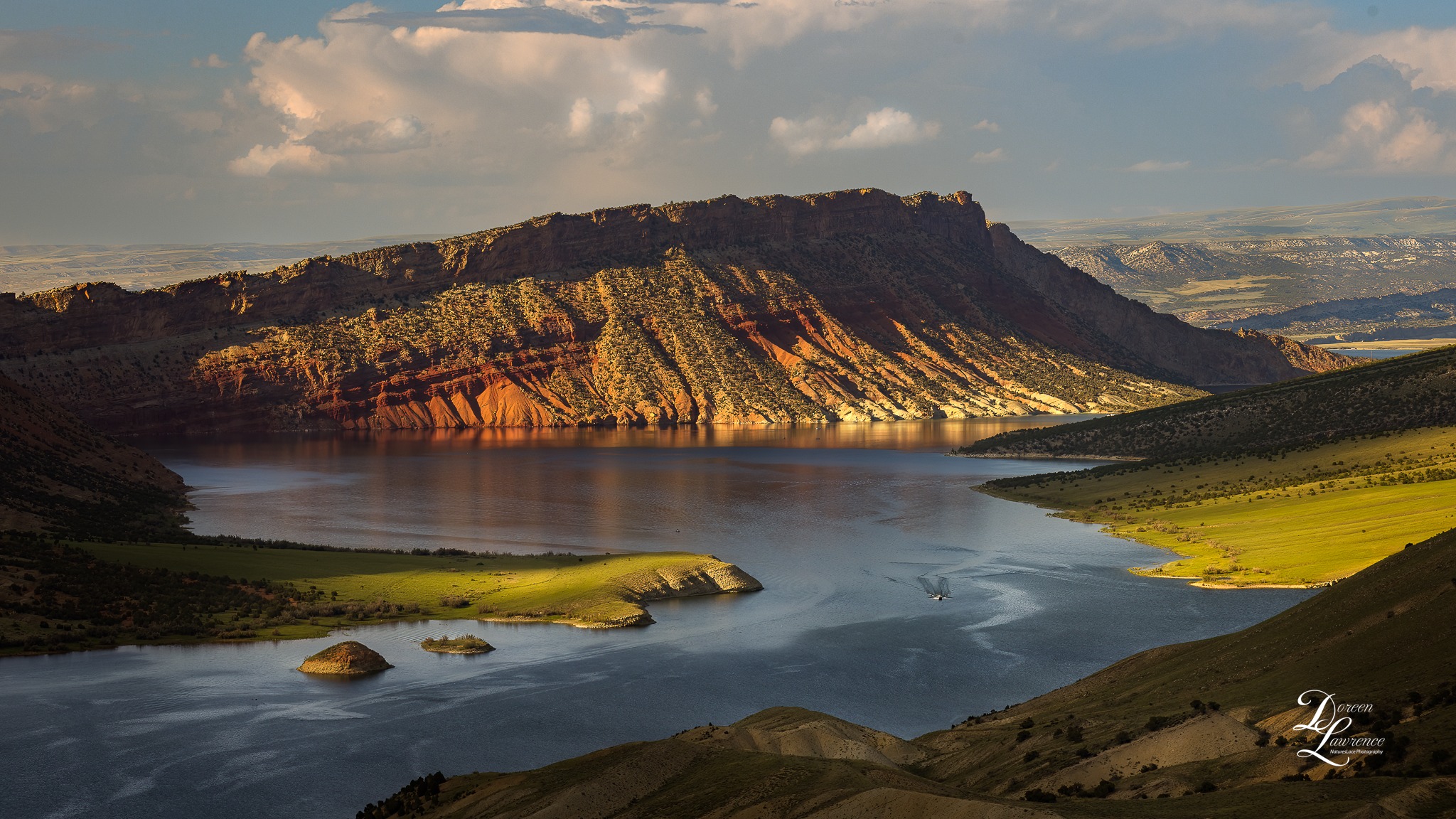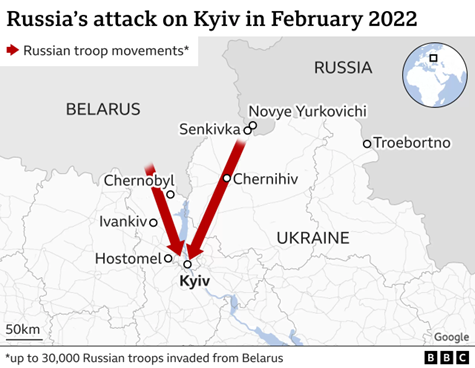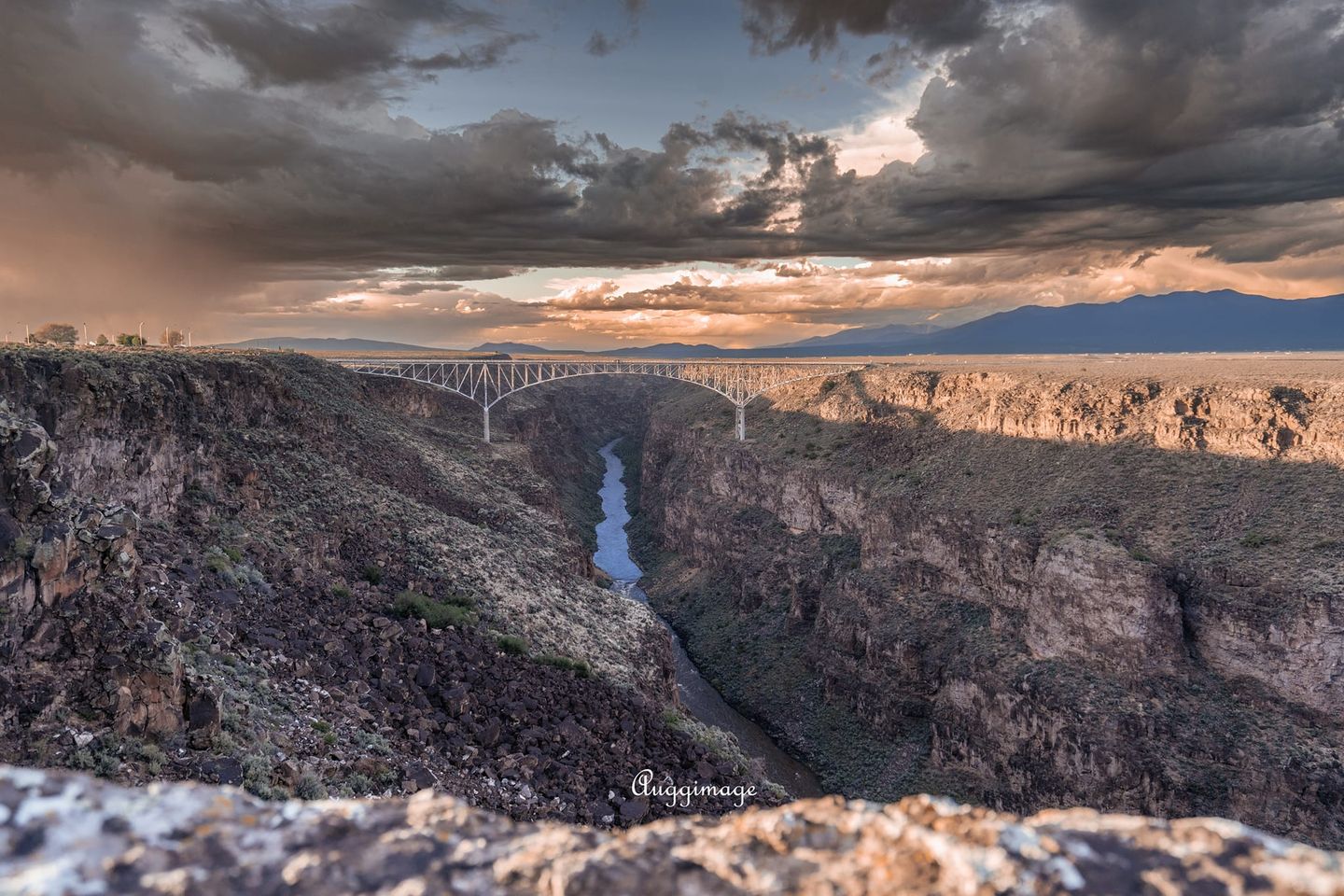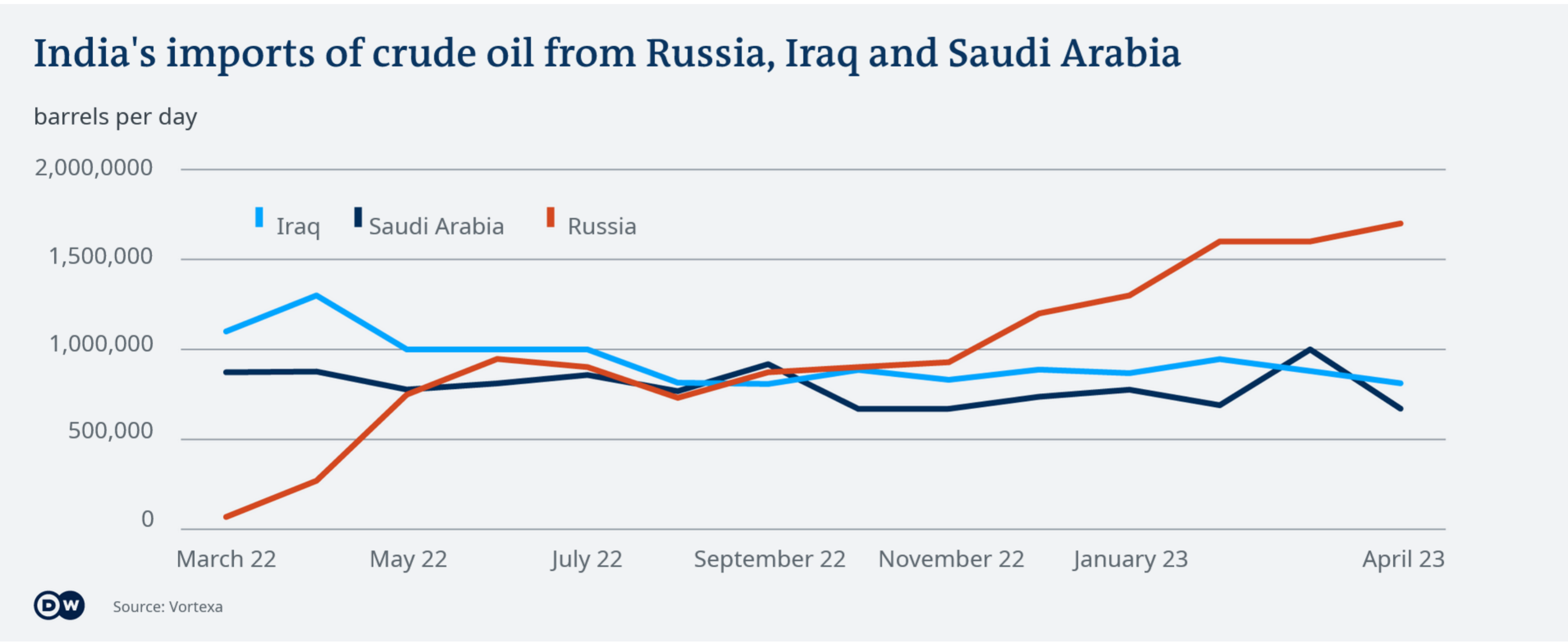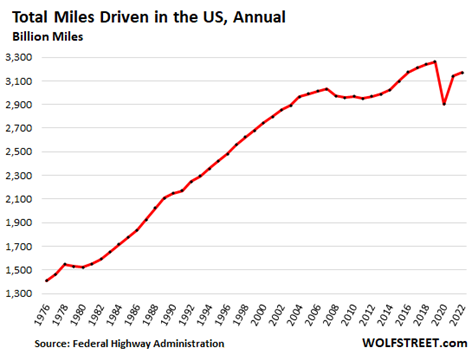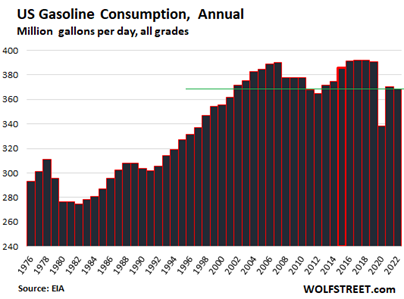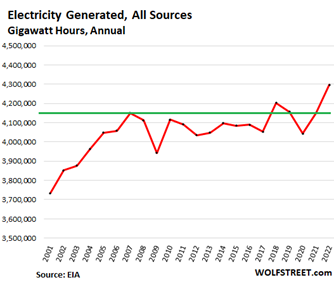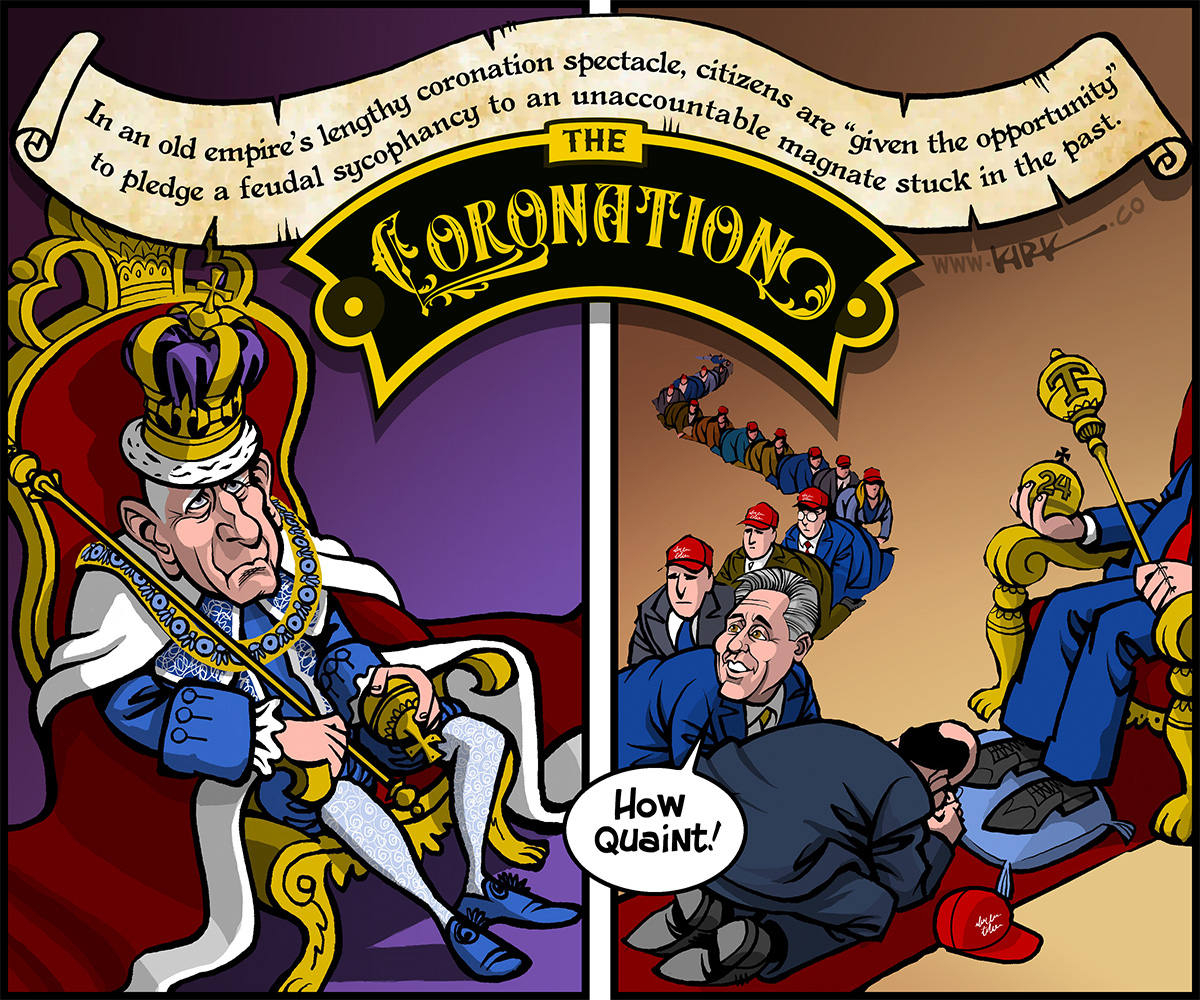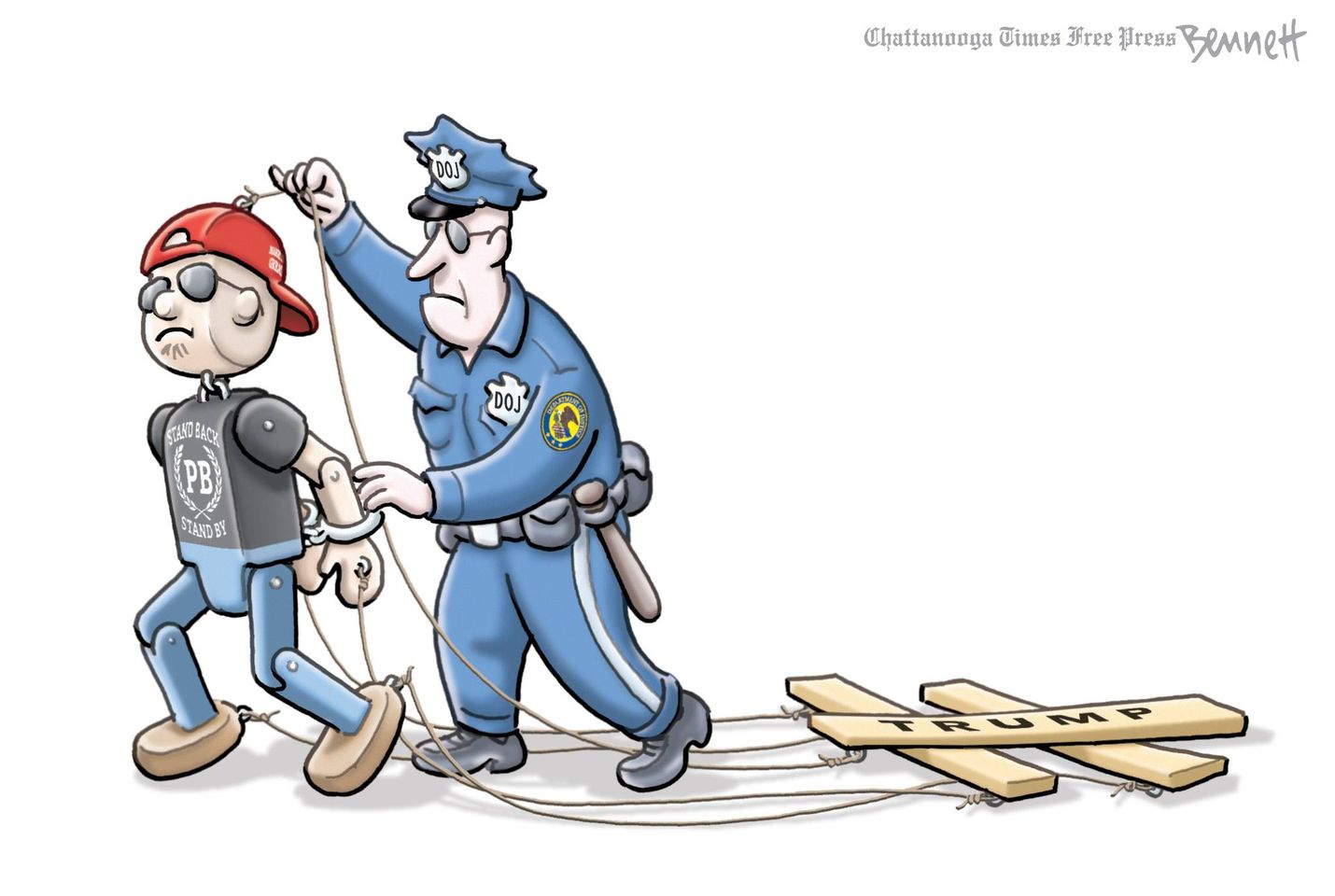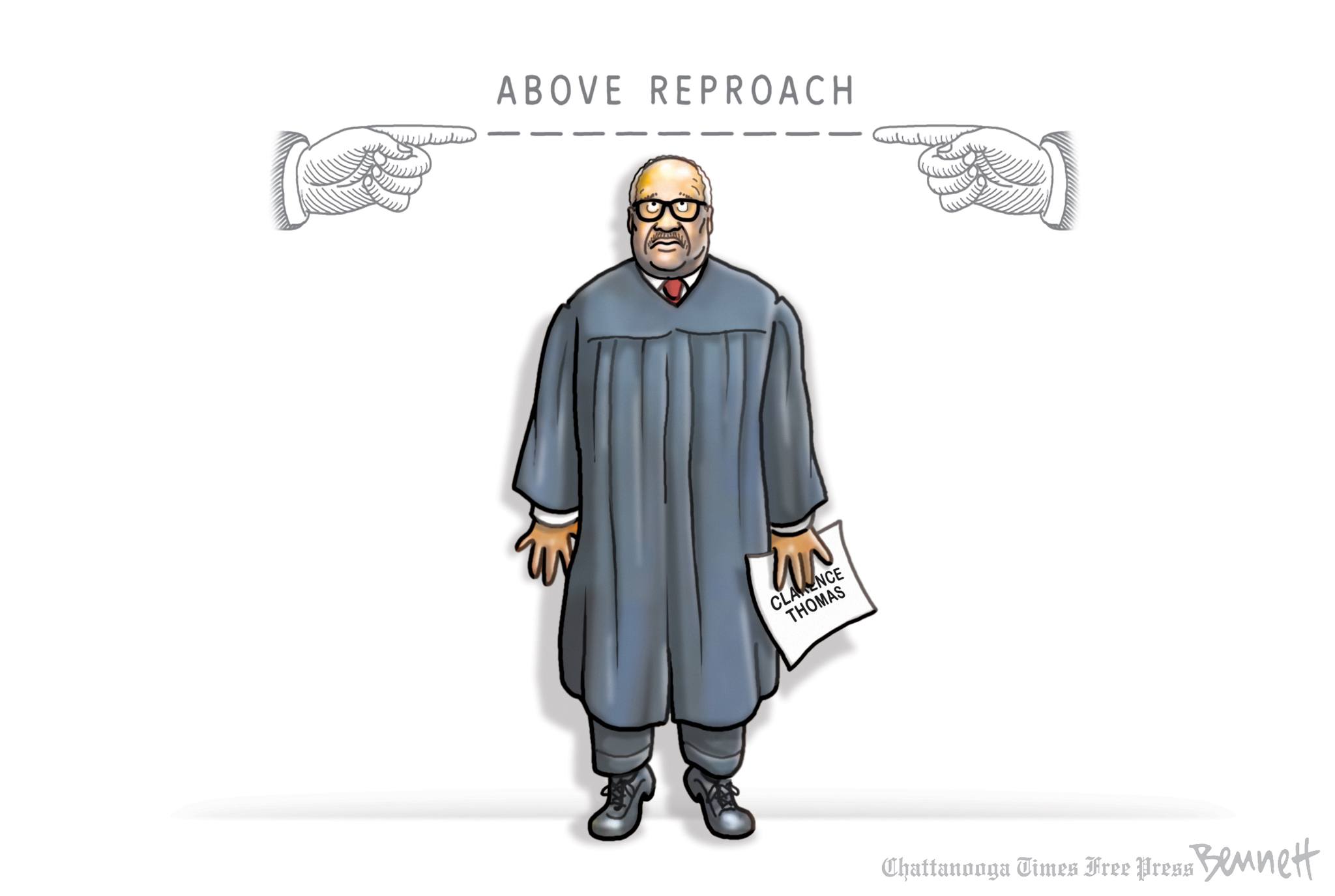The Daily Escape:

Sunrise, Henry Driggers Park, Brunswick, GA – December 2023 photo by Kyle Morgan
“Dress me up for battle when all I want is peace
Those of us who pay the price come home with the least”
(from 1976’s “Harvest for the World”, by the Isley Brothers)
There are only 11 days left until Christmas, and there are only three more days this year when the Senate is in session, and just two days left for the House. That schedule could be amended and lengthened if both Houses can reach agreement on anything before they break this Friday.
Prime among the legislation that should/must pass is aid for Ukraine. And Ukraine’s president Zelenskyy’s in Washington to try to help turn a few politicians to help. From the WaPo:
“The visit — less than three months after Zelenskyy’s last trip to Washington — comes at a critical time for the supplemental appropriations bill….Republicans have demanded that the package include border policy changes, and some Democrats criticized the White House on Monday for being willing to give up too much in those negotiations after Biden said he was willing to agree to “significantly more” to strike a deal.”
Biden says he’s willing to deal, but Congress seems very likely to leave for the holidays without passing any new Ukraine package. From David Frum in The Atlantic:
“The ostensible reason is that they want more radical action on the border than the Biden administration has offered. The whole aid package is now stalled, with potentially catastrophic consequences for Ukraine. Ukrainian units are literally running out of ammunition.”
More:
“How is any of this happening? On past evidence, a clear majority of Senate Republicans sincerely want to help Ukraine. Probably about half of House Republicans do too. In a pair of procedural test votes in September, measures to cut or block aid to Ukraine drew, respectively, 104 and 117 Republican votes of the 221 (Republicans then) in the caucus.”
Biden’s offer to negotiate with Republicans about the border is meaningful. The fundamental reason for today’s border crisis is that would-be immigrants game the asylum system. The system is overwhelmed by the numbers claiming asylum. Most of those claims will ultimately be rejected, but the processing of each takes years. In the meantime, most asylum seekers will be released into the US.
Biden’s proposal is $14 billion of additional funding that would pay for 1,600 new staff in the asylum system. New hires can speed up the process, reducing the incentive for asylum claimants who get de facto US residency while their claim is pending.
But are Republicans willing to negotiate? It doesn’t seem like they are. The Republicans in the Senate’s position is stated by Sen. John Cornyn (R-TX) who said:
“There’s a misunderstanding on the part of Senator Schumer….This is not a traditional negotiation, where we expect to come up with a bipartisan compromise on the border. This is a price that has to be paid in order to get the supplemental.”
This is 2023: For some Republicans, what matters isn’t what they get, but how they get it.
That’s also true in the House where Speaker Johnson (R-Bible) told Zelenskyy that the US southern border should come first in negotiations with Democrats over aid for Ukraine.
Clearly the Republican House members are in it to strike poses and television hits. They do not want to make deals. They each want to position themselves as the one true conservative too pure for dealmaking. The only things they’re willing to admit they want are the things they know to be impossible.
It’s a complicated situation, because House Republicans have one set of immigration demands while Republicans in the Senate refuse to say what their demands are.
This means Biden has to make a deal that Senate Democrats won’t want. Otherwise we’re headed to a “no” that will doom Ukraine and disgrace the US in the eyes of the world while doing nothing to remedy the crisis at the border.
If Congressional leadership was ever needed, it’s needed today.
Jon V. Last in the Bulwark lists the two real-world reasons for Biden to give in. First, that Ukraine is more important than our domestic immigration policy:
“The war is a finite event, the results of which will influence global economics and security for years and decades to come. Depending on the outcome, NATO will either congeal or fracture. Peace and security in Europe will either stabilize or destabilize. China will either be deterred or encouraged in its quest to subjugate Taiwan.”
Second, immigration is a perennial challenge for America. Even if we “solved” current immigration problems today, next year, we’d have more immigration problems to re-solve:
“Immigration does need reform. Huge sections of the system are broken, the humanitarian crisis at the border is real, and there are some areas where Democrats and Republicans have similar views of which reforms are needed.”
Jon Last also points out that there are good political reasons for Biden to make a deal. First, a deal makes Republicans co-owners of the border problem. For Republicans, immigration is like abortion: It’s not an issue they want to solve; it’s a political club they want to wield.
Second, Biden can paint Republicans as anti-Ukraine even after making an immigration deal. He can say that Republicans didn’t want to fund Ukraine (which polls well with voters) so he had to take action to make sure they didn’t hand Putin a victory.
Third, an immigration deal shores up Biden’s position with Hispanic and swing voters. Immigration is a very important issue to voters and large majorities of them disapprove of Biden’s immigration policies.
Fourth, Biden can then reinforce his 2024 narrative that the election is a choice between governing, or chaos. He’s going to try to disqualify Trump and make 2024 a contest between a workhorse who gets bipartisan compromises done and a chaos agent who burns everything down.
JV Last says:
“Cutting a deal on immigration in order to get aid to Ukraine lets Biden say (a) “I’m the guy who gets business done by doing bipartisan compromise,” but also (b) “If you don’t like this deal, Democratic voters, then we have to win back the House.”
Good thinking from Last.
Wrongo has generally steered clear of debates over immigration and the Wall because they have a high noise to signal ratio, and neither side is always great on the facts.
It’s curious: You would assume that all Republicans should be pounding on their Congressional representatives to increase the number of immigration judges immediately! But they aren’t since that would conflict with their idea of shrinking the administrative state. They shouldn’t be able to have it both ways.
One way to cut illegal immigration down would be to crack down on foreign remittances. Most immigrants are sending money back home to help the rest of their families survive. If remittances required an ID card that only citizens or those with a valid visa could obtain, remittances would fall.
All we can do now is hope for cooler heads to make a deal before year end.


